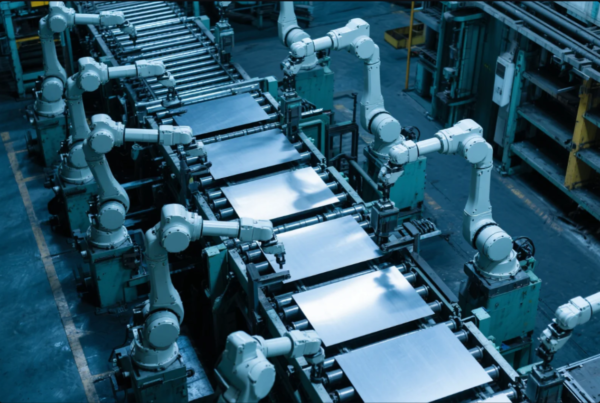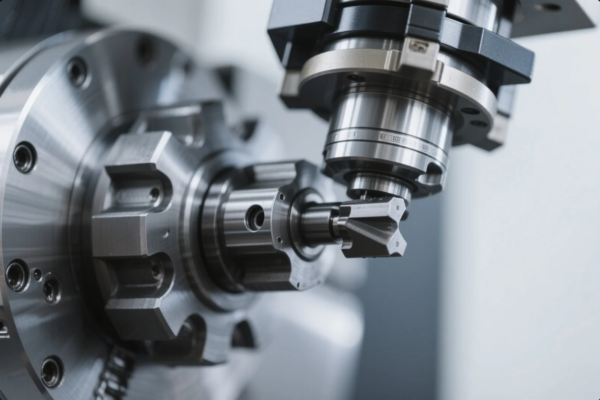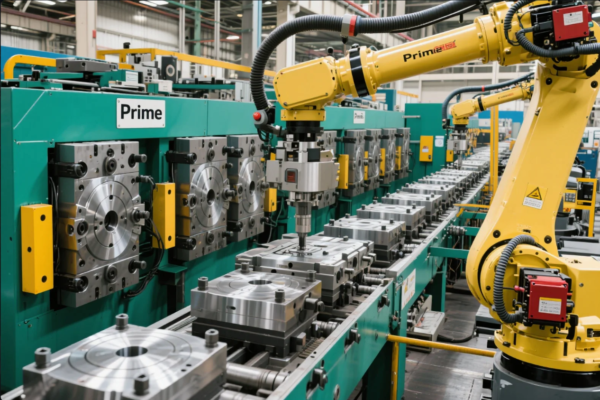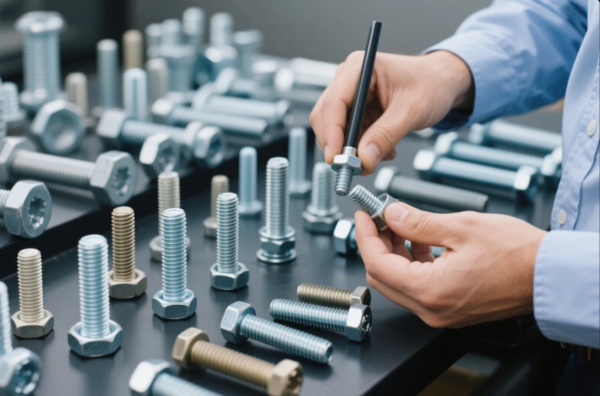What tool is used to mark sheet metal?

When it comes to marking sheet metal, using the right tools can make a world of difference in the precision and quality of your work. Whether you're preparing for cutting, welding, or assembly, marking metal correctly ensures that everything fits together as it should. But what tools do you actually need to mark metal effectively?
Snippet paragraph: Marking sheet metal requires specific tools for precision and clarity. Here’s a guide on the best tools for the job.
Transition paragraph: Let’s explore the various tools you can use to mark sheet metal, whether for fabrication, welding, or cutting.
What tool is used to mark on metal?
Marking metal is an essential step in the fabrication process. To do it accurately, you need tools that can create visible, permanent marks without damaging the surface of the material.
Snippet paragraph: Metal marking tools should be chosen based on the metal’s hardness and the desired marking permanence. Let’s look at the best tools for marking metal.
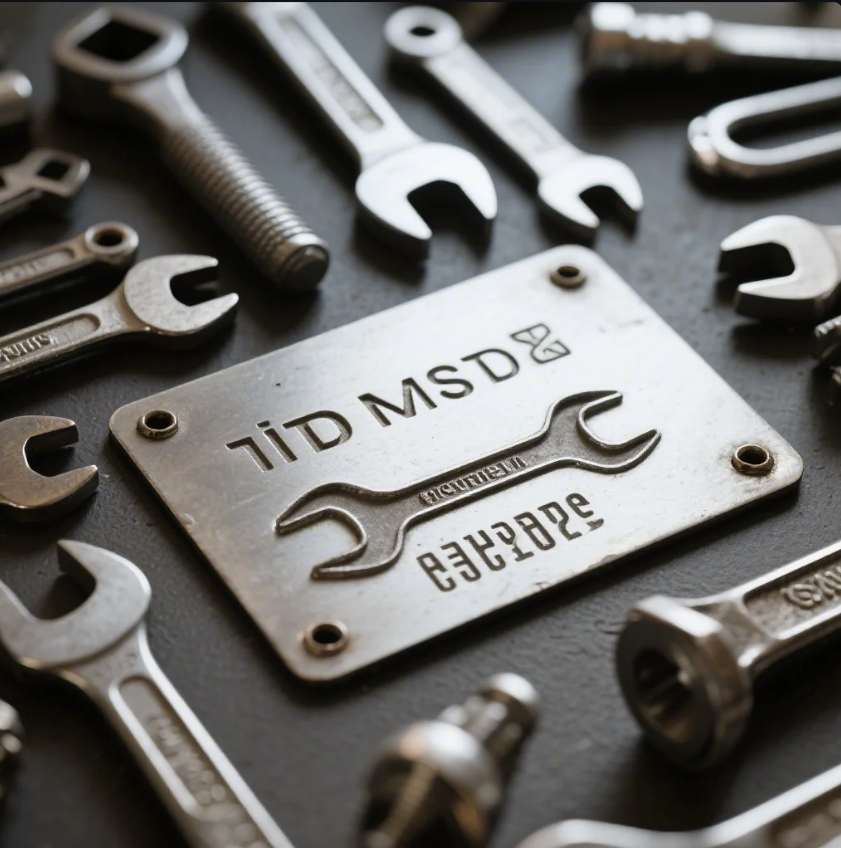
Scribes and Marking Pens
For clear, permanent markings, a scribe is a common choice. A scribe tool has a sharp point that scratches the surface of the metal, creating a permanent, visible line. This method is ideal for precise, detailed work where you need to keep the marks fine and accurate.
Marking pens are another tool commonly used. These pens are often filled with ink designed to stick to metal surfaces. They are a great choice for quick marking and are available in different colors for visibility.
Chalk and Soapstone
For larger projects or temporary markings, chalk or soapstone is widely used. These materials are great for marking metal surfaces that will later be cut or welded. Chalk markings can easily be wiped away once the task is done, and soapstone offers a more durable mark that holds up well during the entire process.
Center Punch
Another tool commonly used in metal marking is a center punch. A center punch helps create a small indentation at the point where you intend to drill, ensuring that your drill bit doesn’t wander off-center. This is particularly useful for creating starting points for screws or drills.
Laser Marking
For a more high-tech approach, laser marking is becoming more common. This process uses a laser to etch permanent, high-precision markings onto metal surfaces. It’s ideal for marking metals that are difficult to mark using traditional methods or when you need to include detailed information such as serial numbers or logos.
LOOP_END
What tools are used to mark out metal?
Marking out metal is a critical step in any fabrication or welding project. Having the right tools ensures that your cuts, holes, and other operations will be accurate and aligned with your design.
Snippet paragraph: Marking out metal involves choosing the right tools for layout and alignment. Here’s a look at the tools that can help you achieve the best results.
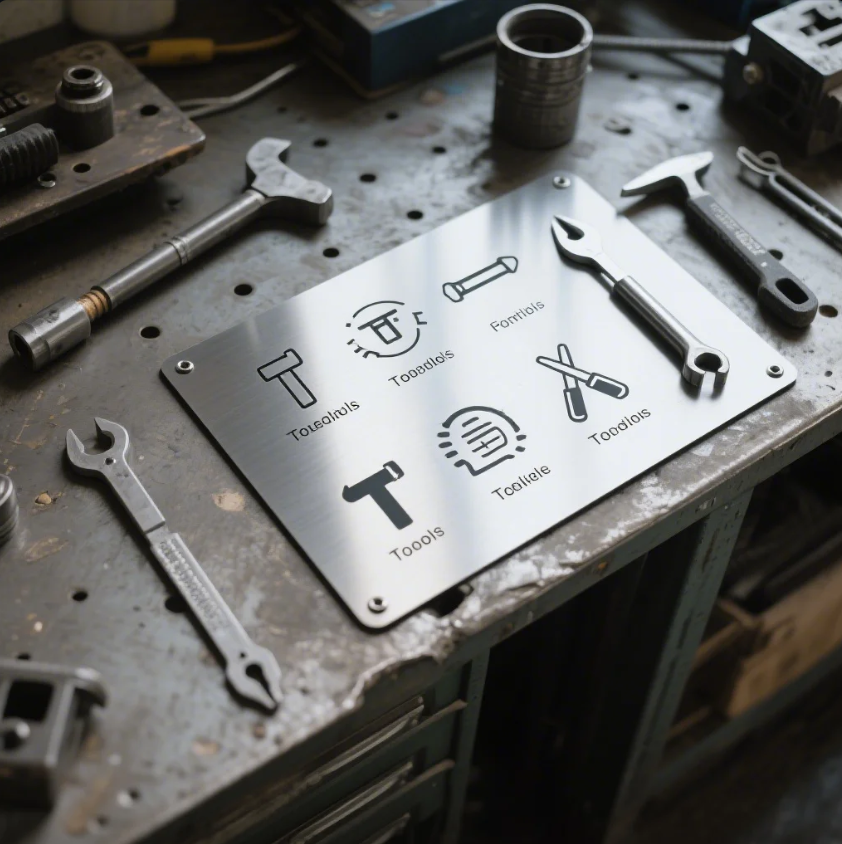
Layout Tools
For precision and ease, layout tools are often used to mark out metal for cutting or welding. Common layout tools include:
- Combination Squares: This tool allows you to make precise 90-degree and 45-degree marks and measure metal with ease.
- Protractors: If you need to mark out angles other than 90 or 45 degrees, a protractor is useful for precise measurements.
- Tapes and Rulers: The basic but indispensable tool, a steel tape measure or ruler, helps ensure that your marks are spaced correctly and precisely.
Marking Gauges
For repeated measurements, a marking gauge is ideal. This tool allows you to make consistent marks along the length of the metal, especially when you need to maintain an equal distance for cuts, holes, or bends.
Calipers and Micrometers
When working with metal that requires precise measurements, calipers and micrometers are essential. These tools help ensure that your measurements are accurate to the smallest of tolerances, ensuring that your metal parts are fabricated with the right fit.
Templates
When marking out complex shapes, templates are a helpful tool. You can create templates from cardboard or metal that match the shape or design you need to mark on your metal sheet. This is a great way to ensure consistency across multiple parts that require the same design.
LOOP_END
What do blacksmiths use to mark metal?
Blacksmiths have specific needs when it comes to marking metal. Their tools not only need to mark metal but also withstand the heat and stress that comes with forging and shaping metal.
Snippet paragraph: Blacksmiths use tools specifically designed to mark metal under high temperatures. Let’s explore these tools in more detail.
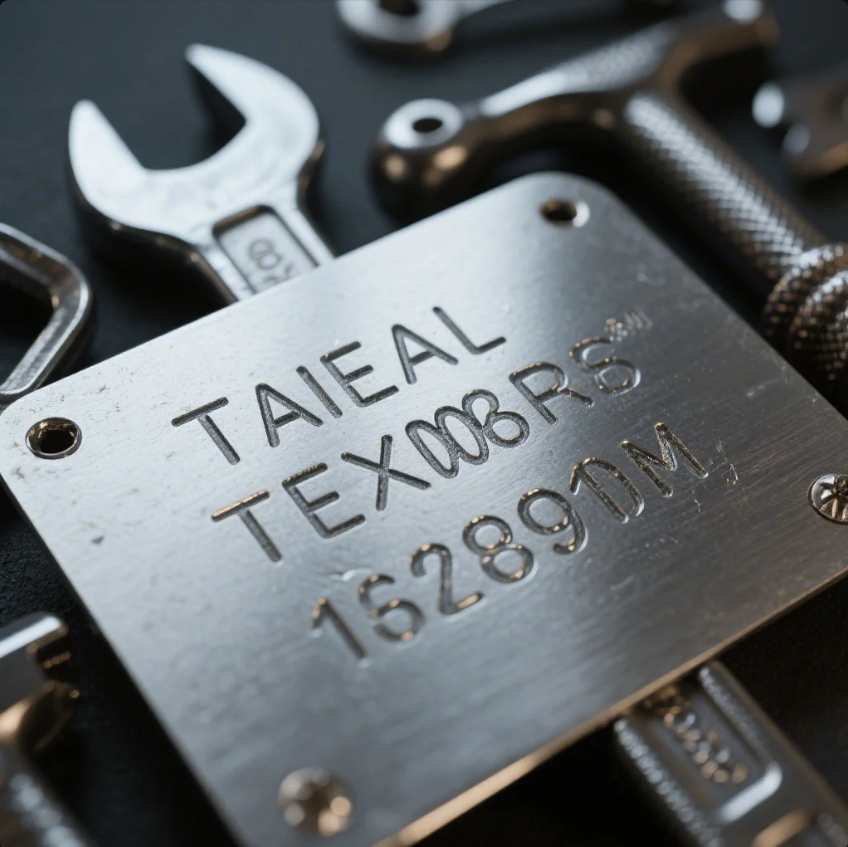
Chalk or Soapstone
Chalk or soapstone is the most common marking tool used by blacksmiths. These materials can withstand high temperatures, which makes them perfect for use in a forge. They are used to mark metal surfaces before heating, ensuring the blacksmith has a clear layout for their work.
Iron Marking Tool
An iron marking tool or punch is another item often used by blacksmiths. This tool is heated and then pressed into the surface of the metal to leave a permanent mark. Blacksmiths will often use this tool for creating logos, designs, or patterns on metal items.
Stamps
Metal stamps are used to leave distinctive markings such as logos, numbers, or decorative designs on the metal. These stamps are usually made from hardened steel and are struck with a hammer to leave an impression on the metal.
LOOP_END
What is used in marking lines in sheet metal?
When it comes to marking lines on sheet metal, having the right tool is essential to ensuring clean, precise lines that won’t interfere with the cutting or bending processes.
Snippet paragraph: Marking lines on sheet metal requires precision and the right tools. Here’s a look at the best options.
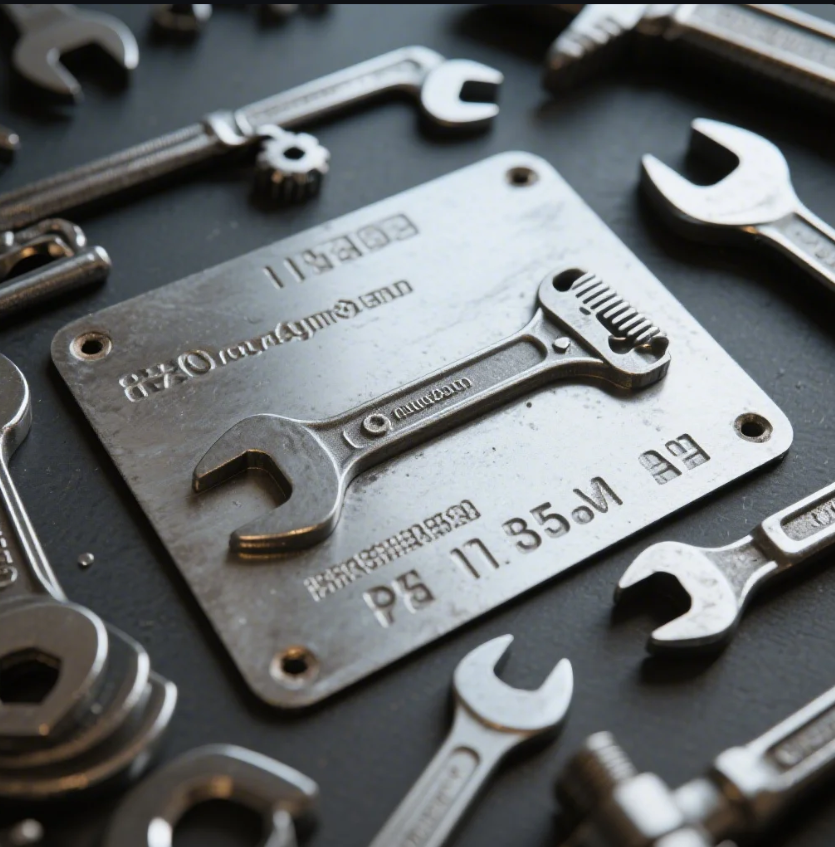
Scribes for Precision
As with other forms of metal marking, a scribe is one of the most precise tools for marking lines on sheet metal. By scratching the surface with a sharp scribe, you can ensure that the line is clearly visible without affecting the overall surface quality.
Chalk and Soapstone
For temporary markings, chalk or soapstone is commonly used. These materials allow you to easily draw lines on the metal, and they can be wiped off or brushed away after cutting or welding. Soapstone provides a more durable line than chalk and is great for tougher metals.
Marking Pens for Clarity
If you need a more visible mark, especially on darker metals, marking pens are useful. These pens contain ink designed specifically for metal surfaces, offering better visibility during the fabrication process.
Straight Edges and Rulers
To mark perfectly straight lines, straight edges or rulers are indispensable. They allow you to draw long, clean lines with accuracy, ensuring that the metal is cut or bent exactly as needed.
LOOP_END
Conclusion
Marking sheet metal requires the right tools to ensure precision and clarity in your projects. From scribes and marking pens to more high-tech options like laser marking, choosing the correct tool can save time and improve accuracy. For high-quality metal parts and expert guidance, reach out to Prime for your fabrication needs.

